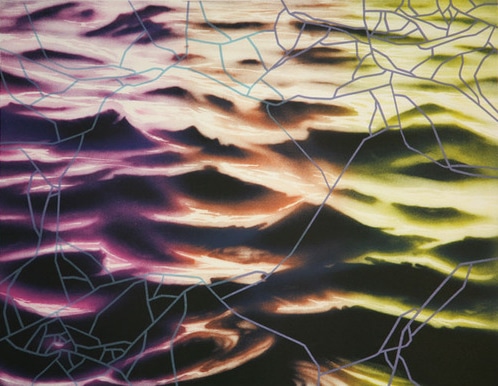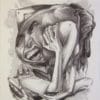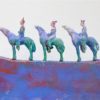In ArtLego we are pleased to present exceptional works by artists known for their bold visual styles, vibrant colour palettes, and strong sense of linear design. Our portfolio offers prints, paintings, photos and objects by a number of highly skilled colourists. Among them Marius Martinussen (picture: Ocean 1, litography), Svein Rønning, Roald Kyllingstad and Elin Melberg.
According to Paul Klee, “art does not reproduce the visible but makes it visible.’ Under this motto he developed his own colour and form theories, still applied by many. Not only artists like Klee, but theorists like Johann Wolfgang von Goethe, Sir Isaac Newton, Ludwig Wittgenstein (just to mention a few) dedicated years of their life to study the nature of colour and how it relates to form.
Colour theory terms and definitions vary. In the West we often connect certain colours with characteristics, thinking the meaning is universal. Problem is, colour associations are not consistent across cultures. Thus green may symbolize death in China, while red symbolizes luck and good fortune, whereas in the West black and yellow might be the colours used.
Whatever association we make on seeing a colour, it´s obvious that they also affect how we perceive size, form or pattern. Try looking at an artwork and in your mind change the colours of the larger forms with the smaller ones, or imagine what you see in black and white. Then reflect on whether your perception of it changes.
“The purpose of art is washing the dust of daily life off our souls”, Pablo Picasso said. Maybe our little test will make you more attentive not only to the power of colour, but also to the fluidness of reality.




